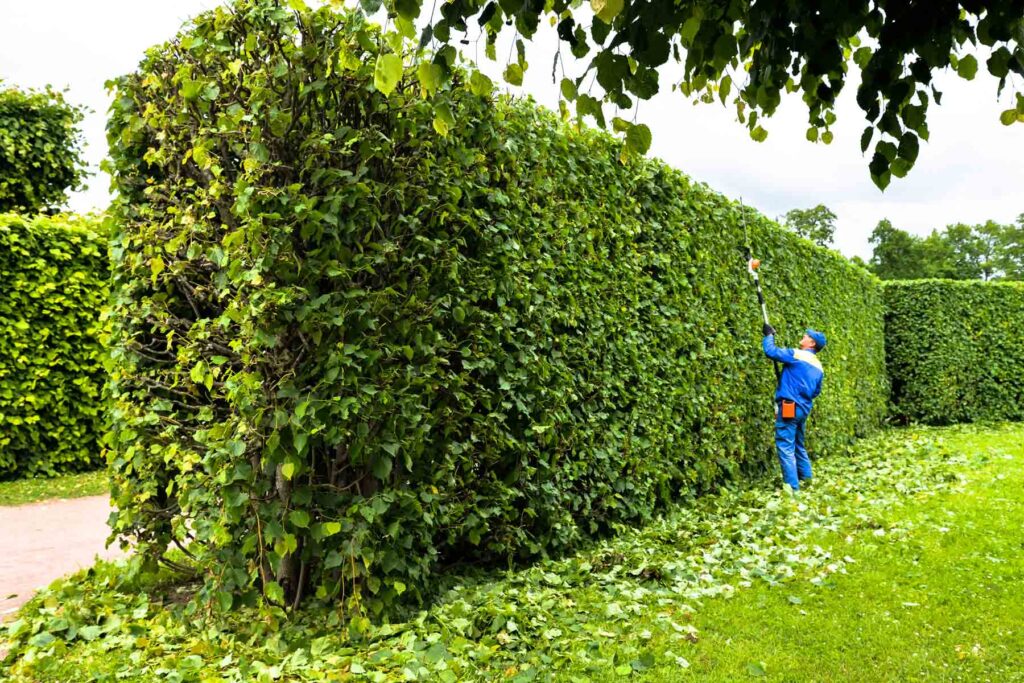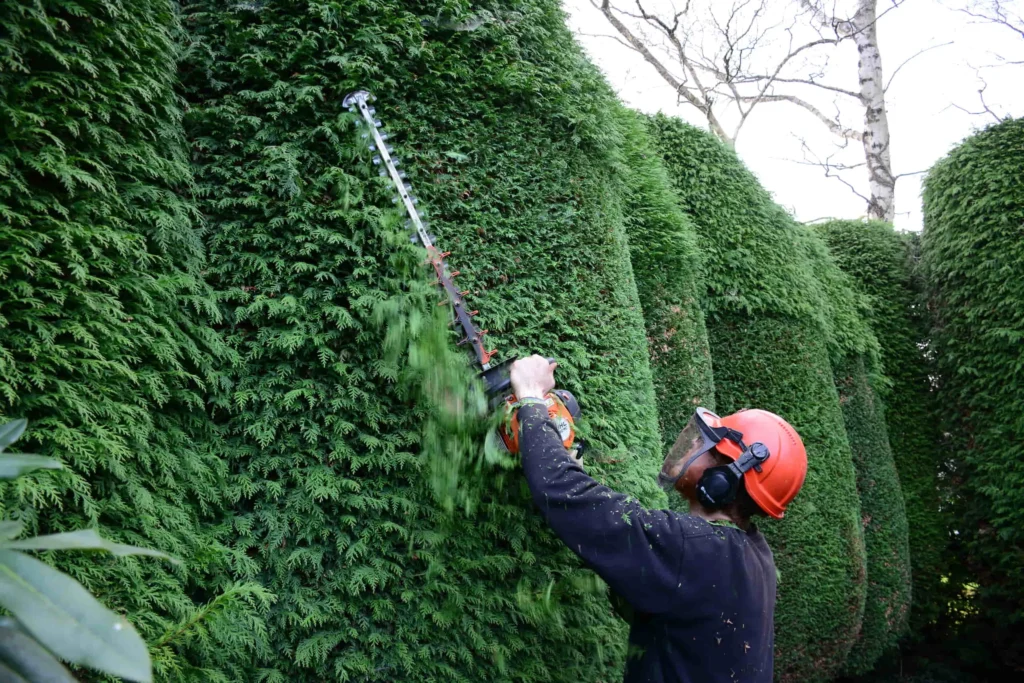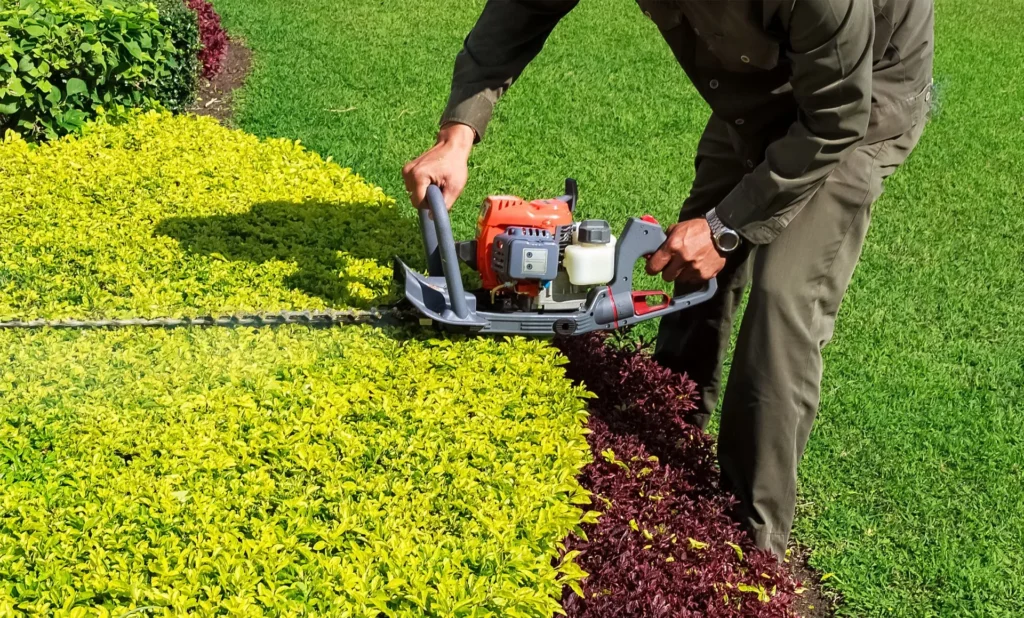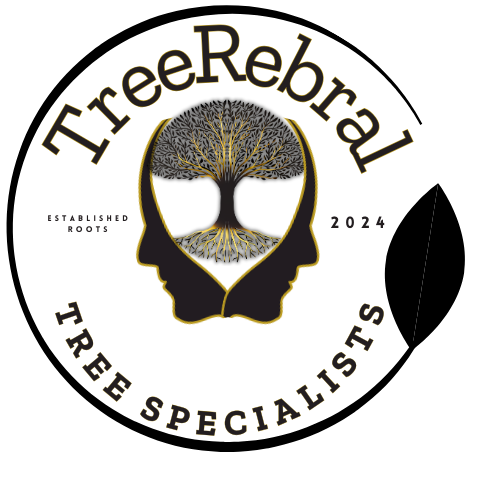Weather plays a major role in how hedges grow, recover, and stay healthy. Warm temperatures and steady rain encourage lush, dense foliage, while harsh winds, frost, or heat can slow growth or damage leaves. Spring and early summer are ideal for trimming, as hedges grow actively without the risk of frost. Winter care should focus on protection, not cutting. Consistent seasonal maintenance ensures your hedges remain strong, green, and well-shaped throughout the year.

Seasonal Effects on Hedge Growth
The growth of hedges is intrinsically linked to the changing seasons. Each season presents unique challenges and opportunities for hedge care, affecting everything from vigorous growth to dormancy. Seasonal hedge care includes considerations for hedge trimming, watering, and protection from extreme weather conditions, ensuring the long-term health and aesthetic appeal of your hedge plants.
Spring: Vigorous Growth Phase
Spring marks the beginning of the growing season when hedges experience a surge of vigorous growth. Temperature rises and increased sunlight trigger new growth, making it a best time to plant new hedges. Adequate water is crucial during this period to support the growth. However, you must delay hedge trimming if the bird nesting season has begun to ensure hedges are protected.
Summer: Active Growth and Maintenance
Summer brings active growth for hedges, but also necessitates careful hedge maintenance. Regular hedge trimming is essential to shape the hedge and maintain its form. Monitoring moisture levels is important, especially during drought. The hot temperature can stress hedges, so ensure adequate water and consider mulch to retain moisture and promote healthy growth.
Autumn: Preparation for Dormancy
Autumn is a critical period for preparing hedges for winter dormancy. As temperature cools and sunlight diminishes, growth slows. This is the ideal time for a final hedge trimming to shape hedges before winter. Applying mulch helps retain moisture and provides insulation, protecting roots from frost. Also, ensure your final autumn hedge is cut before the first frost.
Winter: The Dormant Season
Winter is typically a dormancy period for hedges, characterized by minimal growth. Hedge care focuses on protection from harsh weather conditions like frost and snow. Avoid hedge trimming during this period, as it can damage the hedge and hinder recovery in the spring. Insulate newly planted hedges with extra mulch for added protection.

Impact of Specific Weather Conditions on Hedge Health
Temperature: Warmth and Heat Considerations
Temperature plays a vital role in hedge growth. Warmth encourages new growth, especially in spring and summer. The impact of optimal temperatures can be seen in the vigorous growth of hedge plants. However, excessively high heat can stress hedge species, leading to scorched foliage and reduced growth. Therefore, monitoring hedge health during hot weather conditions is essential for effective hedge care.
Rainfall and Moisture: Effects of Sufficient and Excessive Rain
Moisture, largely provided by rainfall, is essential for hedge growth. Sufficient water allows hedges to thrive, enabling nutrient uptake and supporting new growth. During drought, supplemental water is important to ensure hedge plants survive. Conversely, excessive rain can lead to waterlogging, causing root rot. Understanding the impact of moisture is key to hedge care.
Light: The Role of Sunlight and Daylight Hours
Sunlight is a critical factor influencing hedge growth, especially during the growing season. Adequate sunlight promotes photosynthesis, driving new growth and overall health. Insufficient sunlight, especially for evergreen hedges, can lead to stunted growth and sparse foliage. Understanding the impact of sunlight helps in choosing appropriate locations when planting hedges.
Wind, Frost, and Snow: Weather Challenges
Wind, frost, and snow present significant challenges for hedge care. Strong winds can desiccate foliage, particularly impacting evergreen hedges, while frost can damage delicate new growth. Heavy snow can weigh down branches, causing breakage, especially for certain hedge species. Providing adequate protection during these weather conditions is crucial for maintaining healthy hedge plants.

Hedge Maintenance by Season
Best Time to Trim Hedges: Seasonal Considerations
The best time to trim hedges depends on the season and the type of hedge. Here’s a general guideline:
| Season | Purpose |
|---|---|
| Late Spring/Early Summer | Perfect time for the first hedge trimming. |
| Autumn | Ideal time for a final hedge trimming before winter dormancy. |
However, avoid hedge trimming during frost, as this can damage the hedge plants.
Summer Planting Tips for Hedges
Summer planting requires careful attention to ensure new hedge survival. Adequate water is crucial, especially during hot weather conditions and potential drought. Applying mulch helps retain moisture and regulates temperature. Selecting appropriate hedge species for your climate and providing shade during the hottest period can promote vigorous growth.
Advice on Hedge Trimming During Bird Nesting Season
It is important to avoid hedge trimming during the bird nesting season to ensure hedges protect wildlife. Check for nests before hedge trimming and delay trimming hedges until after the nesting season. This is the ideal time to consider hedge care and environmental responsibility.
| Action | Reason |
|---|---|
| Avoid hedge trimming during bird nesting season | Ensures hedges protect wildlife |
| Delay trimming hedges until after nesting season | Ideal time for hedge care and environmental responsibility |
Why Choose TreeRebral Ltd for Hedge Care
TreeRebral Ltd provides expert hedge care services, understanding the crucial impact of weather conditions and seasonal changes on hedge growth. We tailor our hedge trimming and hedge maintenance to the specific hedge type and local climate, ensuring the best results for your hedge plants. Our experienced team knows the best time to trim hedges to promote vigorous growth and hedge health throughout the year.
FAQs
When Is The Best Time Of Year To Trim Hedges In The Uk?
The best time to trim hedges in the UK depends on the hedge type. To ensure hedges are protected, avoid hedge trimming during frost. The effect of seasonal pruning is more growth.
| Hedge Type | Ideal Trimming Time |
|---|---|
| Deciduous Hedges | Late Spring or Early Summer |
| Evergreen Hedges | Spring and Late Summer |
Do Hedges Grow Faster In Summer Than In Winter?
Yes, hedges grow faster in summer than in winter. Warmer temperatures and increased sunlight during summer promote vigorous growth. Winter is a dormancy period with minimal growth. Understanding this seasonal variation is crucial for planning your hedge trimming routine and overall hedge care.
Can Cold Weather Damage Hedge Plants?
Yes, cold weather can damage hedge plants. Frost can harm delicate new growth, leading to dieback and stunted growth. Providing protection, such as applying mulch around the base of hedge plants, can help insulate the roots and minimize the impact of cold temperatures during the winter period.
How Does Rainfall Affect Hedge Growth And Trimming Schedules?
Rainfall significantly affects hedge growth. Adequate moisture promotes healthy growth, while drought conditions can stress hedge plants. Excessive rainfall can lead to waterlogging and root rot. Adjust your hedge trimming schedule based on rainfall patterns, avoiding hedge cutting during excessively wet periods to prevent disease.
Should I Trim My Hedges Before Or After Winter?
It’s generally best to shape hedges before winter. A final hedge trimming in autumn allows hedge plants to enter dormancy with a neat form, minimizing snow and ice damage. Avoid hedge trimming during winter as it can damage dormant hedge plants and hinder recovery in the spring.
Do Different Hedge Types React Differently To Seasonal Changes?
Yes, different hedge types react differently to seasonal changes. Deciduous hedges lose their leaves in autumn and winter, entering full dormancy, while evergreen hedges retain their foliage year-round but experience slower growth in winter. Tailor your hedge care to the specific needs of your hedge species for the best results.
Can I Trim Hedges During Rainy Or Windy Weather?
It’s generally not recommended to trim hedges during rainy or windy weather. Rain can make hedge plants slippery and difficult to handle hedge trimmers safely. Wind can cause uneven hedge trimming, leading to an unkempt appearance. The impact of hedge trimming may be poor when the weather is poor.
How Does Sunlight Exposure Influence Hedge Density And Color?
Sunlight exposure significantly influences hedge density and color. Adequate sunlight promotes dense foliage and vibrant color, especially for evergreen hedges. Insufficient sunlight can lead to sparse growth and pale foliage. When you plant hedges, choose a location with appropriate sunlight levels to ensure hedges thrive.
Why Do My Hedges Look Brown After Hot Or Dry Weather?
Hedges may look brown after hot or dry weather due to drought stress. Insufficient moisture causes foliage to dry out and turn brown. Provide supplemental water during dry periods and apply mulch to retain moisture and protect roots. Proper hedge care can help hedges recover from drought.
How Can I Protect My Hedges From Harsh Seasonal Weather?
Protect hedges from harsh seasonal weather by providing adequate water during drought, applying mulch to insulate roots, and avoiding hedge trimming during frost. Consider using burlap wraps for extra protection during severe winter. With proper protection and hedge care, you’ll see vigorous growth.

